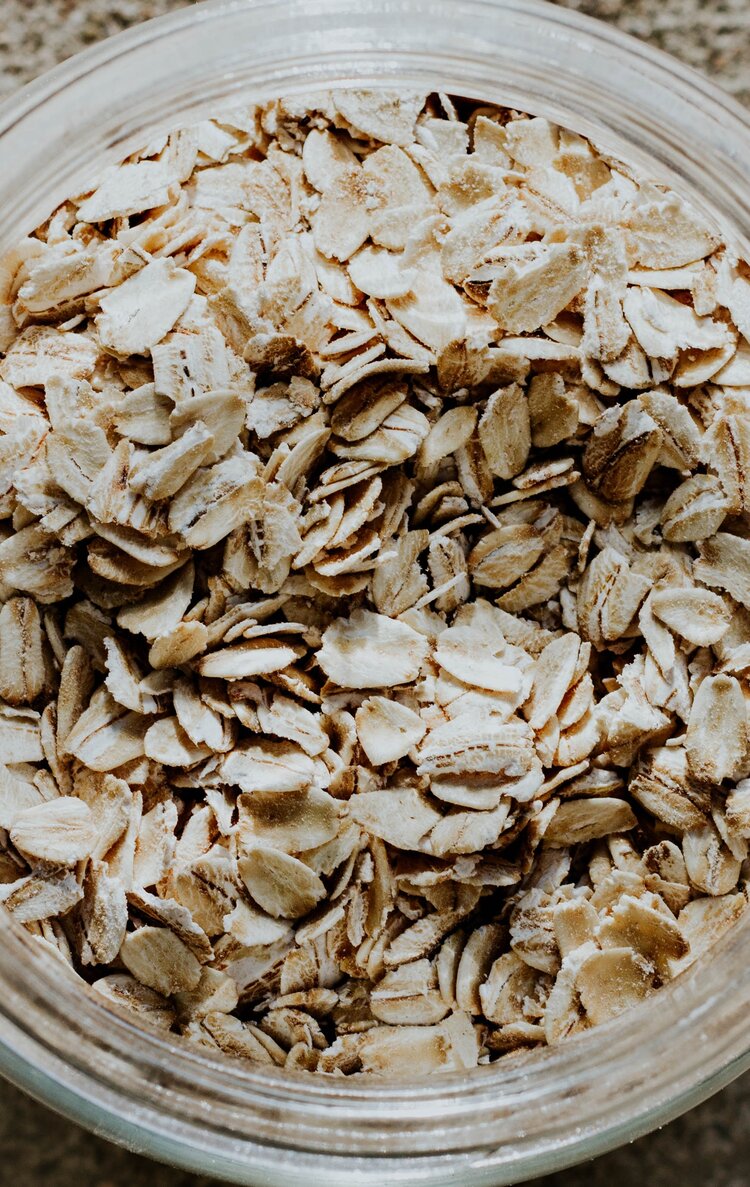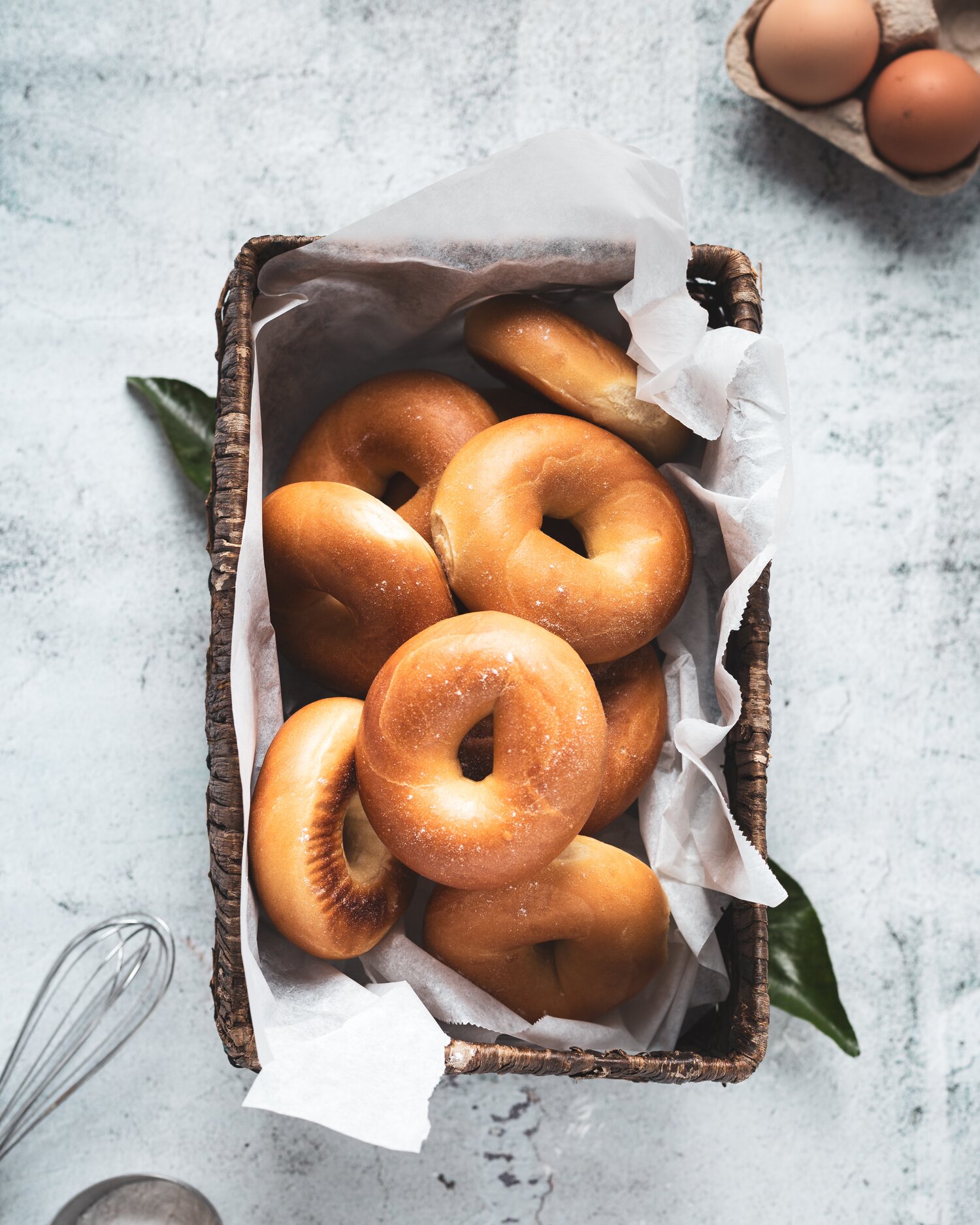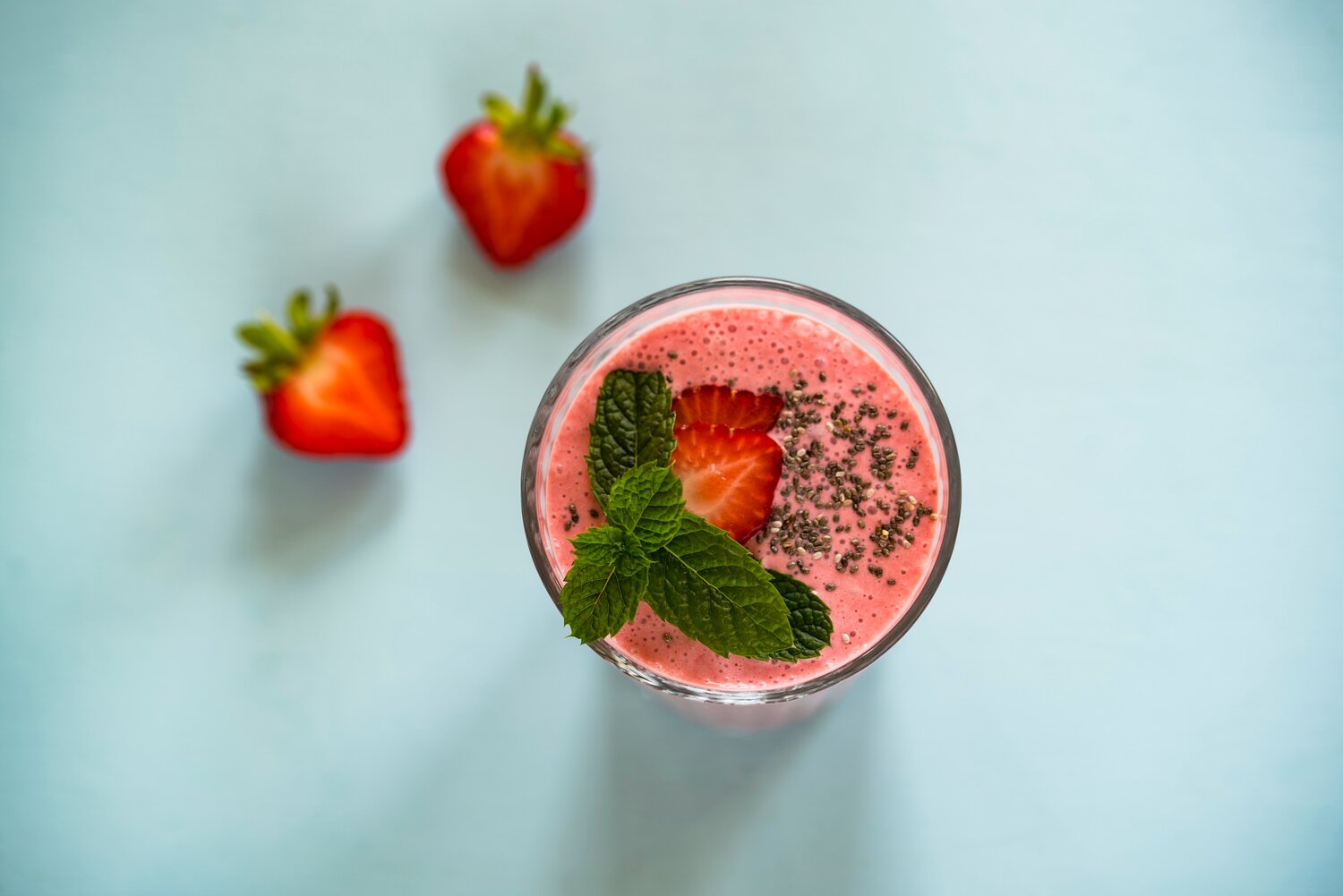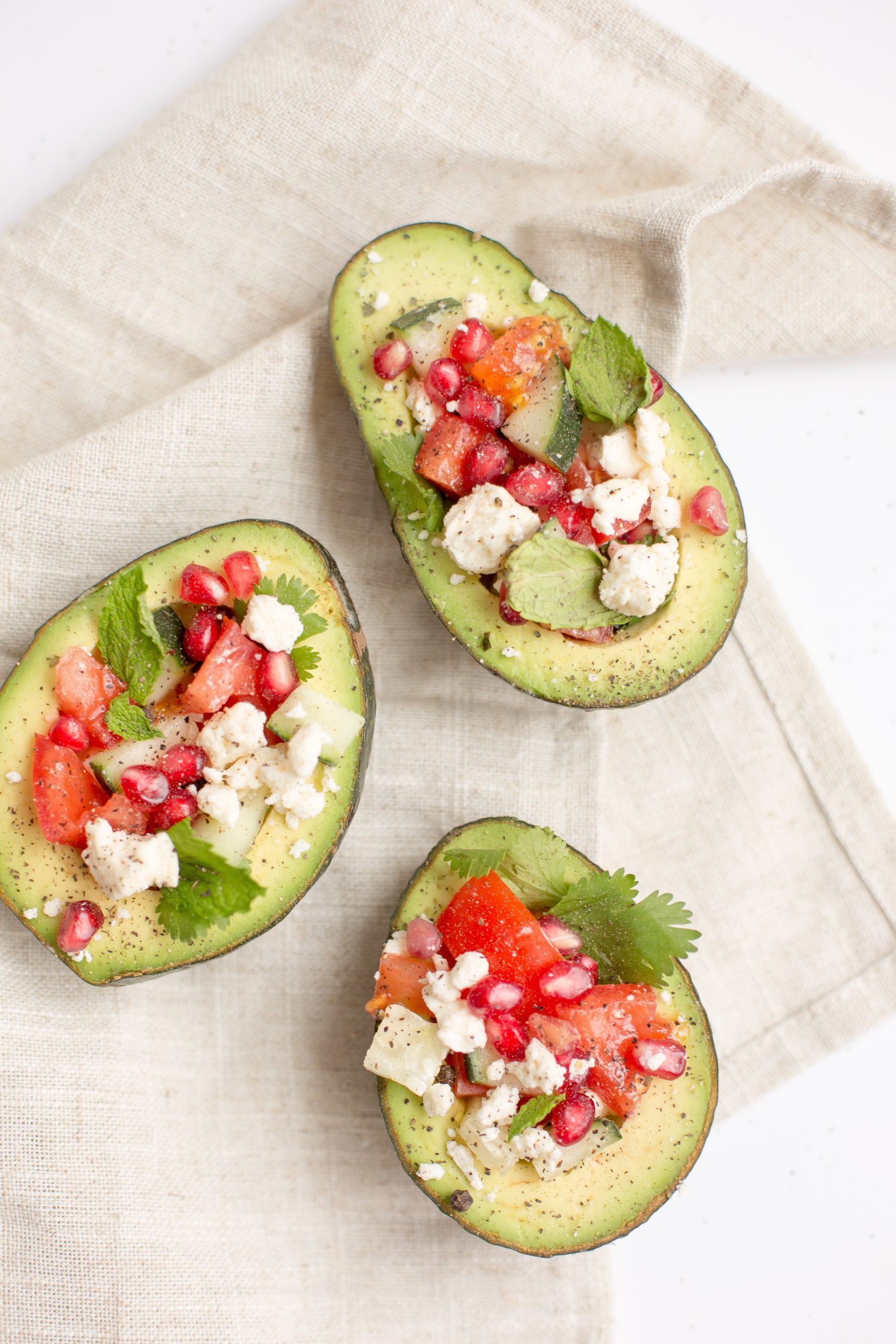Have you ever felt sore or depleted the day after a hard training session? Ever have back-to-back races and/or competition where you find yourself feeling like you are “hitting a wall”? During times like these, I start by asking my athletes how often they are eating and learn more about their pre- and post- nutrition practices.
Are they eating foods to help restore energy between workouts or after their last training session of the day? With a full set of classes at the university and training upwards of 20 hours a week while in season, I find that recovery nutrition is a piece that is often left behind with competitive student-athletes.
Purpose of Recovery Nutrition:

Recovery nutrition is a vital detail when it comes to performance. It is a detail that helps to refuel, restore, and rebuild. Failing to recover promptly can prevent you from taking advantage of all the benefits proper recovery can provide while also contributing to fatigue (AKA low energy). Practicing recovery nutrition between workouts is just as important as recovering after the final training session of the day.
Recovery nutrition can optimize or hinder training adaptations. For example, the absence of protein feeding post-exercise can put the muscle into negative protein balance (what I like to call “protein breakdown”). A few studies suggest that recovery nutrition with high carbohydrates and protein can also help to optimize recovery and adaptation during periods of higher training volumes.[1] During long and hard practices, especially during pre-season and competition season, this is extremely important as it helps athletes get accustomed to a particular training program. Recovery nutrition can also help support a healthy immune system. With travel and the stress that hard training can put on the mind and body, what you eat, and when you eat, it can help prevent you from getting sick.
Common Trends:
– I find a lot of athletes recover only with protein when both protein and carbohydrates are needed for recovery. When I speak with athletes, I discuss that carbohydrates allow for protein to be delivered more efficiently into the cells and tissues
– I also notice that athletes are not eating enough carbohydrates, especially when needing to recover from harder training sessions.
– Some athletes are not eating enough calories. With busy schedules, limited time between training and classes, recovery is skipped, causing them to go more than 4-5 hours without eating.
– Some may choose convenience over quality. There are times where athletes may look for food options that are convenient but not always the best quality. These can be foods higher in saturated fats and ingredients that are of poor quality that will not help support recovery.
Timing Recovery
Recovery can be different for each person depending on the type, intensity, duration of training, and whether the athlete is training again in a few hours.
The goal is:
– To consume a recovery snack within 30 – 60 minutes of a workout as rapid glycogen replenishment occurs during this window and a meal within 2 hours. If someone misses this optimal recovery window, they are still able to recover but maybe at a reduced rate of 50-60%. To fully restore carbohydrate and protein sites, it can take anywhere from 1-2 days, and the body will still respond to recovery for up to 24 hours after training. It would just recover at a slower rate.
– During light training and low-intensity days, if meals are consumed every 3-4 hours, a recovery snack may not be needed.
To recover from the high demands of your sport, it is crucial to implement a recovery nutrition practice that works for you and is timely. Remember, one practice or fueling plan may not work for all.
Game Plan for Recovery:

– Restore and Replenish with Carbohydrates. One hour of intense physical activity can decrease liver glycogen (carbohydrate storage) by about 55%, while a 2-hr high-intensity workout can deplete both the liver and muscle glycogen stores.[2] Imagine having to complete another training session without enough energy in the tank! According to the Journal of the Academy of Nutrition and Dietetics, strategies to promote carbohydrate availability should be taken into consideration before, during or in recovery between training sessions as depletion of glycogen is associated with fatigue and reducing in exercise intensity, impaired mental performance such as fatigue, concentration, and motor skill. [3]
o It is recommended that athletes eat at least 30-50 gm of carbohydrates immediately after training. Their needs may differ based on individual needs and the intensity of their most recent training session. For example, after a high-intensity exercise session, recommendations are about 0.5 gm of carbohydrate per pound of body weight (for a 140 lb athlete, this may be at least 70 gm of carbohydrates). This does not all have to be met within the 30-60-minute window, but it is recommended to be consumed within 2 hours of training.
o Another guideline that is often used for recovery includes the 3:1 or 2:1 ratio of carbohydrates to protein. If looking at a recovery shake, this could be 45 gm of carbohydrates with 15 gm of protein or 40 gm of carbohydrates with 20 gm of protein. According to a review article by the Journal of the International Society of Sports Nutrition, if the goal is to build muscle, a target of 0.4 g/kg/meal across a minimum of four meals is recommended… For a 140 lb athlete, this may be ~25 gm of protein multiple times per day. [4] Examples of suggested snacks are listed below.
– Regenerate and Rebuild with Protein. This is an optimal time to build, restore, and repair muscle! Aim for at least 20 gm of protein with your recovery snack! Not eating or getting enough protein at recovery can put the body in “muscle breakdown mode.” In addition to the benefits protein has on our muscles, it also helps to boost the immune system. Adding protein to a carbohydrate snack between workout sessions can also help to increase fullness.
– Rehydrate with Fluids: To address factors such as dehydration and electrolyte imbalances, drink at least 2-3 cups for every lb lost – if weighing before and after training to identify changes in fluid losses. Another rule of thumb is to drink 3-4 Liters per day and 1 Liter for every hour of practice. Depending on the duration of training, and one’s sweat loss, it is generally recommended to add an electrolyte beverage or salty snack with hydration. For more on hydration, visit our blog, “An Overlooked Way to Gain a Competitive Edge.”
Recovery Options:
– Carbs: During recovery, athletes can benefit from foods with a moderate to high glycemic index rating to help with rapid replenishment of carbohydrates. Choose carbohydrates that include potatoes, bread, cereal, raisins, bananas, oranges, pasta, and oatmeal (just to name a few examples).
– Protein shakes are a convenient option! They’re portable, easy to consume while on the run, and they usually contain proper ratios of carbs to protein.
o Look for a protein shake that includes BOTH carbohydrates and protein. Some protein shakes will be low in carbohydrates (Ex: 5-7 gm). I recommend choosing protein shakes that contain at least 30 gm of carbohydrates or pair the protein shake with a banana, nut butter sandwich, or a bowl of oats!
– For those who do not have much of an appetite after hard training, liquid Calories are a great option! Try:
o Smoothies containing Greek Yogurt, almond milk, berries, banana and chia seeds
Ex: 5 oz- 1 cup of Greek Yogurt, 1/3 cup of almond milk- enough to blend, 1 cup of berries, ½ banana and top off with chia seeds
o Smoothies with whey or plant-based protein powder, fruit, water or liquid of choice

o Chocolate milk and then eat a meal within the hour of training
– Other recovery snacks include:
o(At least)3 oz of fresh deli meat with a tortilla wrap and chocolate milk
o English muffin or bagel with 4 tbsp. of nut butter and one banana
o Cottage cheese and jam with a cup of juice
o 2-3 strings of cheese, with crackers and hummus
o Overnight oats with dried fruit and a protein shake
Ex: ½ cup of dry oats, ½ cup of almond or soy beverage, ¼ cup of Greek yogurt (optional) for added protein, ½ cup of an apple chopped, your choice of ½ – 1 tsp of ground cinnamon. Mix all of these ingredients together in a jar or container you can store in the fridge and top off with honey and chia seeds.
– Recovery Meal: If an athlete plans to eat a meal within an hour of training, this can count as part of their recovery. I may recommend pairing a protein shake with this if an athlete is unable to get their protein needs met during their meal. If an athlete can grab a recovery snack within the 30-minute window, a meal can then be consumed within 2-3 hours after training. This will help further restore energy and maintain/build muscle.
o It is recommended that the recovery meal consists of protein, healthy fats, and carbohydrates. Check out our blog, “Take Control of Your Everyday Nutrition Practices By Adding These 3 Key Nutrients,” to plan your plate based on your level of training. Examples include:
- At least 3-4 oz of Grilled chicken, brown rice and fresh veggies of choice
- 3 Egg omelet with veggies, fruit salad and English Muffin with a cup of milk
- Lean protein source (aim for at least 3-4 oz), with whole-wheat pasta and veggies of choice
- At least 3-4 oz of Fish with quinoa and veggies of choice and fresh juice
- One cup of Plant-protein such as tofu/tempeh with quinoa and kale salad with a side of fruit

